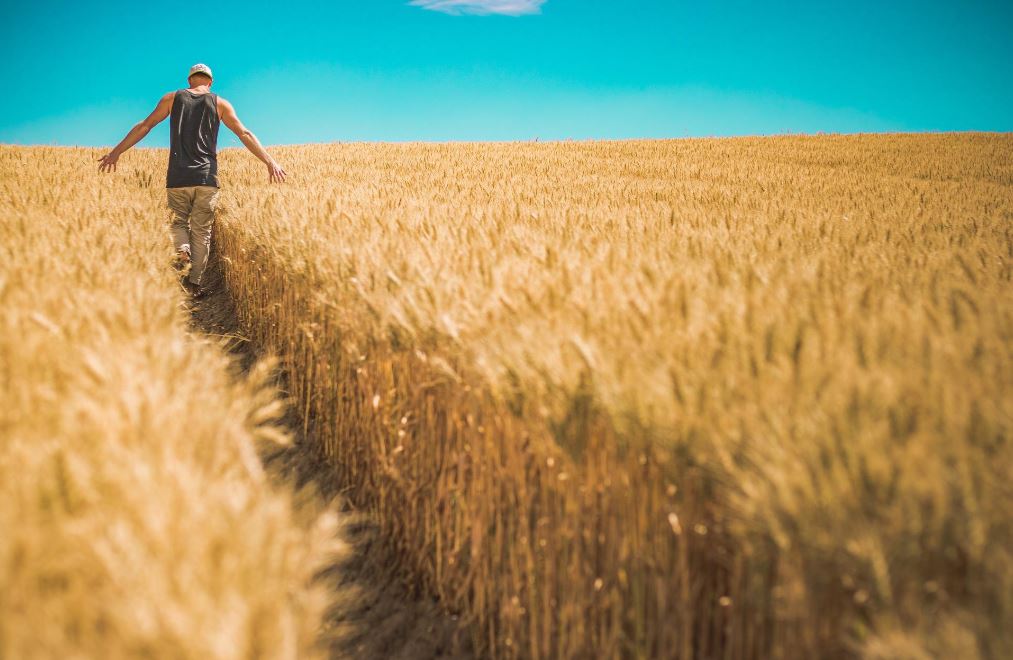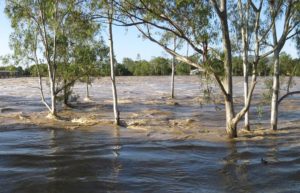
The agricultural sector will increasingly need to adopt new technologies and entrepreneurial flair to provide secondary income, along with more flexible land use to combat weather extremes such as floods and drought, according to new research.
An international study, including input from Flinders University in South Australia, considers the reliance of many countries on a narrow band of agricultural practices which exposes landowners and the economy to fluctuations controlled by weather, trade and other external or global factors.
The economic geography study just published in Regional Studies, Regional Science (Taylor and Francis Online) looks at OECD areas such as the Netherlands, which has great uniformity and varying diversification in its farming regions.

“This study has some timely messages for the Australian agricultural industry, particularly in light of the massive rainfall flooding large areas of farming land at present,” says Flinders University lecturer in international business Dr Sharif Rasel.
He says a recent study that found that the climate change will increase the risk of more regular floods in Australia, which will leave intensive farming regions on the eastern seaboard more vulnerable to crop losses and affect both national food market supplies and farm income.
“Therefore, diversification on farm land will help farmers to reduce their income uncertainty, and can include even non-agricultural activities such as tourism,” says Dr Rasel.
“Our study shows that the concentration of non-agricultural activities in close proximity can motivate farmers to become more entrepreneurial.
“For example in South Australia, based on local industries and business environment, I see opportunities for local agricultural areas to expand business in aged care, disability care and farm tourism.”
Findings from the Netherlands show that the higher the concentration of entrepreneurial diversification in a region, the greater the likelihood that a farmer undertakes entrepreneurship on the farm.
It’s estimated that only about 6% of a total 57,000 Dutch farms support sideline businesses, including secondary food product production, processing or packaging, eco-tourism, care farming and daycare services apart from their regular agricultural activities.
The authors argue this approach to diversifications to complement local enterprises is often overlooked in the agricultural sector.
They point out that ‘second-nature geography’, or the concentration of regional or local entrepreneurial activities, can give farmers incentives to discover and explore entrepreneurial opportunities and to find technological and financial incentives to integrate these supporting activities into their farming business.
The article, Economic geography and entrepreneurial diversification in the agricultural sector (2022) by Sharif Rasel, Wim JM Heijman and Stijn Reinhard has been published in the journal Regional Studies, Regional Science DOI: 10.1080/21681376.2022.2074307








